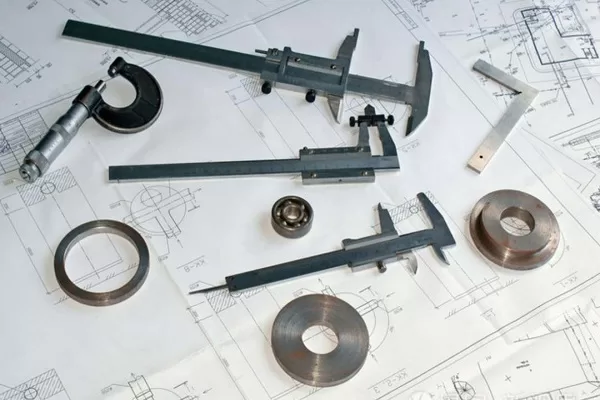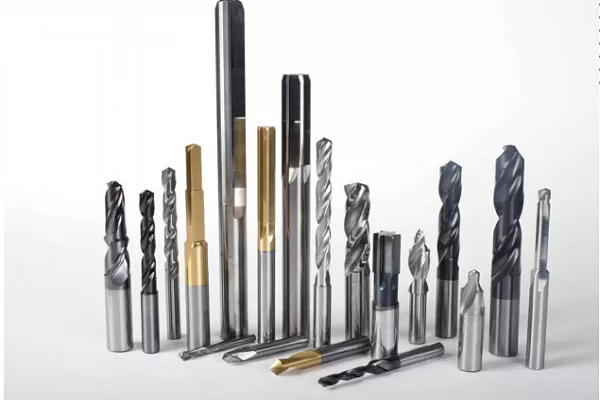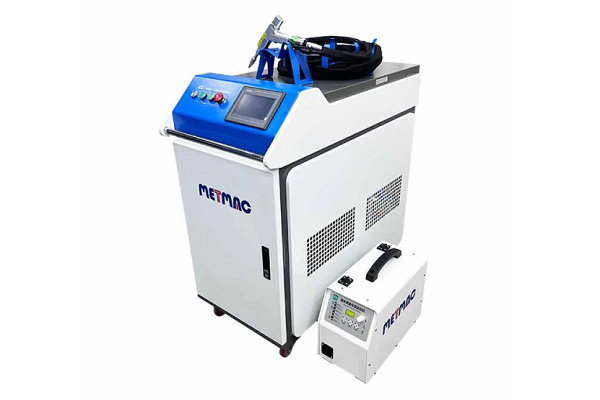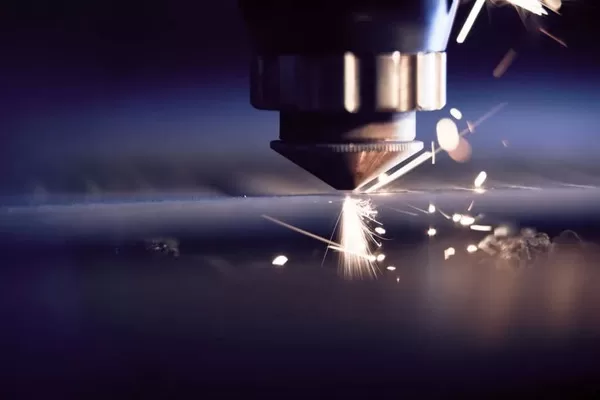
Selecting the Right Blade for Your Metal Shear Machine
- By:Metmac
- 2024-05-11
- 130
Metal shear machines are essential tools in various industries, from construction to manufacturing. The performance and efficiency of these machines rely heavily on the selection of the right blade. This article provides a comprehensive guide to help you make an informed decision when choosing the optimal blade for your specific application.
Material
The material of the blade is a crucial factor to consider. Different materials possess varying strengths, wear resistance, and suitability for different types of metals.
– High Carbon Steel: High carbon steel blades are commonly used for general-purpose shearing applications. They offer a good balance of strength, durability, and cost-effectiveness.
– Alloy Steel: Alloy steel blades are designed for heavy-duty shearing operations. They contain additional alloying elements, such as chromium and vanadium, which enhance their strength, toughness, and wear resistance.
– Tool Steel: Tool steel blades provide exceptional hardness and cutting performance. They are ideal for cutting thick or hardened metals.
– Carbide: Carbide blades offer extreme hardness and durability. They are used for cutting extremely tough materials, such as titanium and high-strength steel.
Blade Geometry
The blade geometry plays a significant role in the shearing process. The following parameters should be considered:
– Blade Angle: The blade angle determines the angle at which the blade enters the metal. A smaller angle results in a cleaner cut but requires more power.
– Shear Angle: The shear angle is the angle between the upper and lower blades. It affects the shearing force and the quality of the cut.
– Clearance: The clearance between the upper and lower blades is crucial for efficient shearing. Too small a clearance can cause jamming, while too much clearance can lead to burring or a poor cut.
Type of Cut
The type of cut you need to make will also influence the choice of blade.
– Straight Cut: A straight cut blade is used for making straight cuts in metal sheets.
– Contour Cut: A contour cut blade is designed for cutting intricate shapes or curves in metal sheets.
– V-Notch Cut: A V-notch cut blade creates a V-shaped notch in the metal sheet.
Compatibility
It is essential to ensure that the blade is compatible with your metal shear machine. The blade must fit properly in the machine’s holder or clamps and be compatible with the machine’s power output. Using an incompatible blade can damage the machine or produce subpar results.
Conclusion
Selecting the right blade for your metal shear machine is crucial for ensuring optimal performance, efficiency, and safety. By carefully considering the material, blade geometry, type of cut, and compatibility, you can choose the blade that best meets your specific requirements. Proper blade selection will enhance the productivity and longevity of your metal shear machine.
-
The Advantages of Using a Sheet Roll Forming Machine in Manufacturing
2024/09/14 -
How to Optimize Your Laser Sheet Cutting Machine for Maximum Performance
2024/09/12 -
How to Maximize Efficiency with Modern Sheet Metal Working Machines
2024/09/04 -
The Environmental Benefits of Using Duct Board Grooving Machines
2024/09/03
-
A Guide to the Latest Innovations in Sheet Metal Folding Machines
2024/11/29 -
Key Features to Consider When Investing in a Sheet Metal Folding Machine
2024/11/28 -
Enhancing Precision with Advanced Sheet Metal Folding Machines
2024/11/27 -
How to Choose the Right Sheet Metal Folding Machine for Your Workshop
2024/11/26



